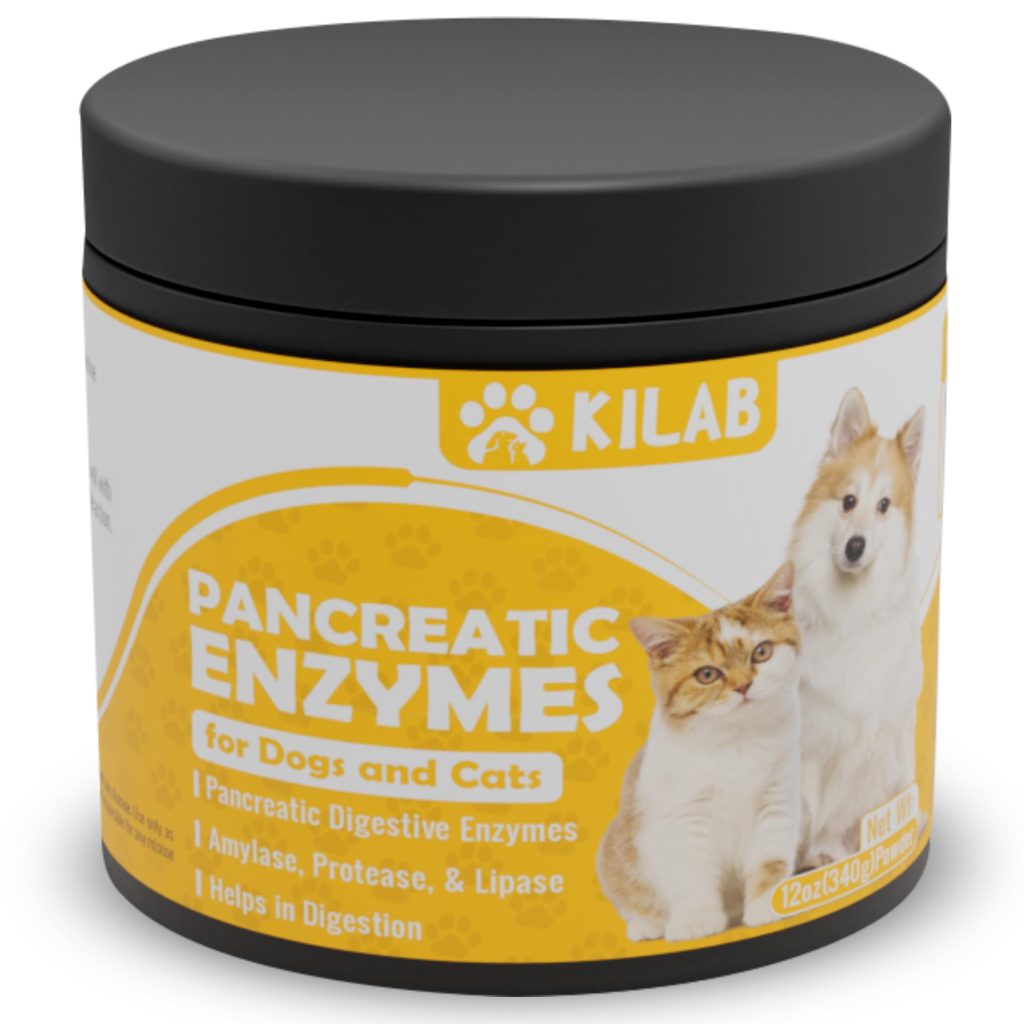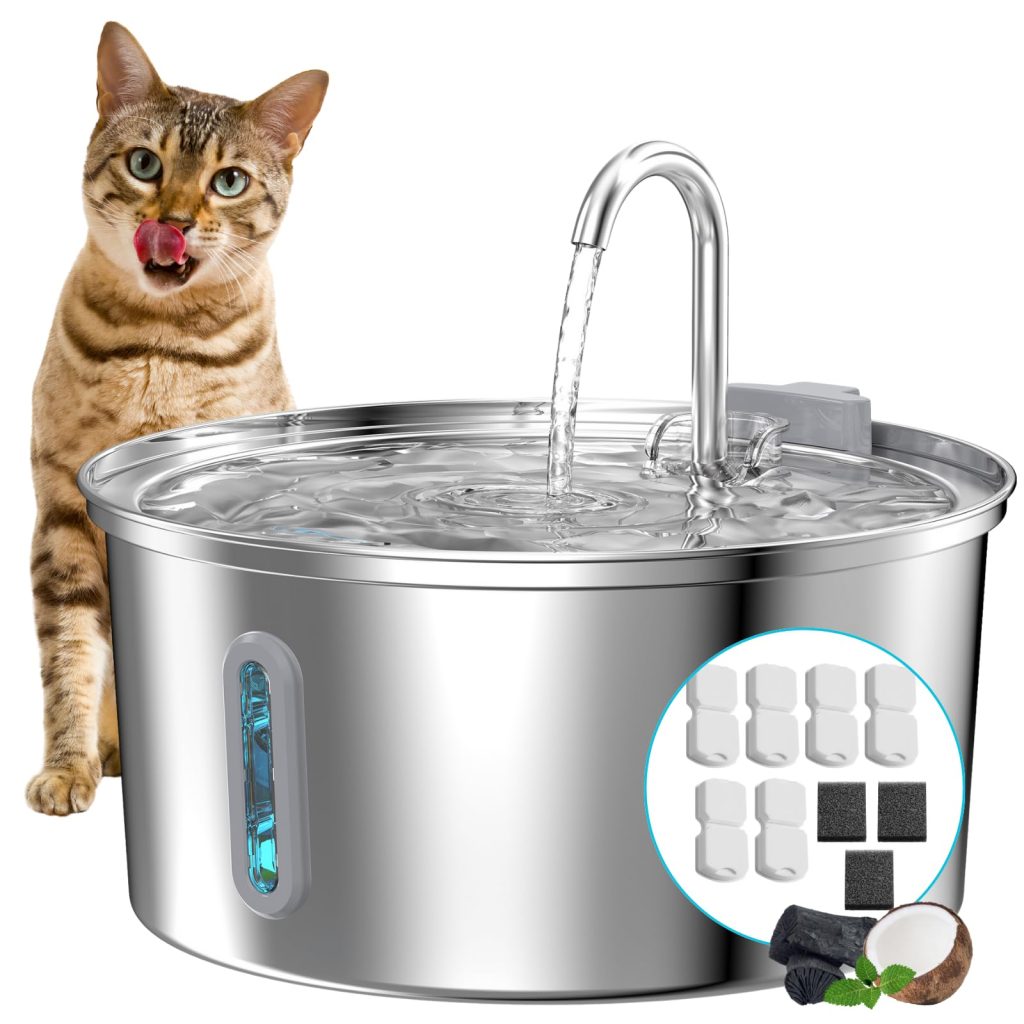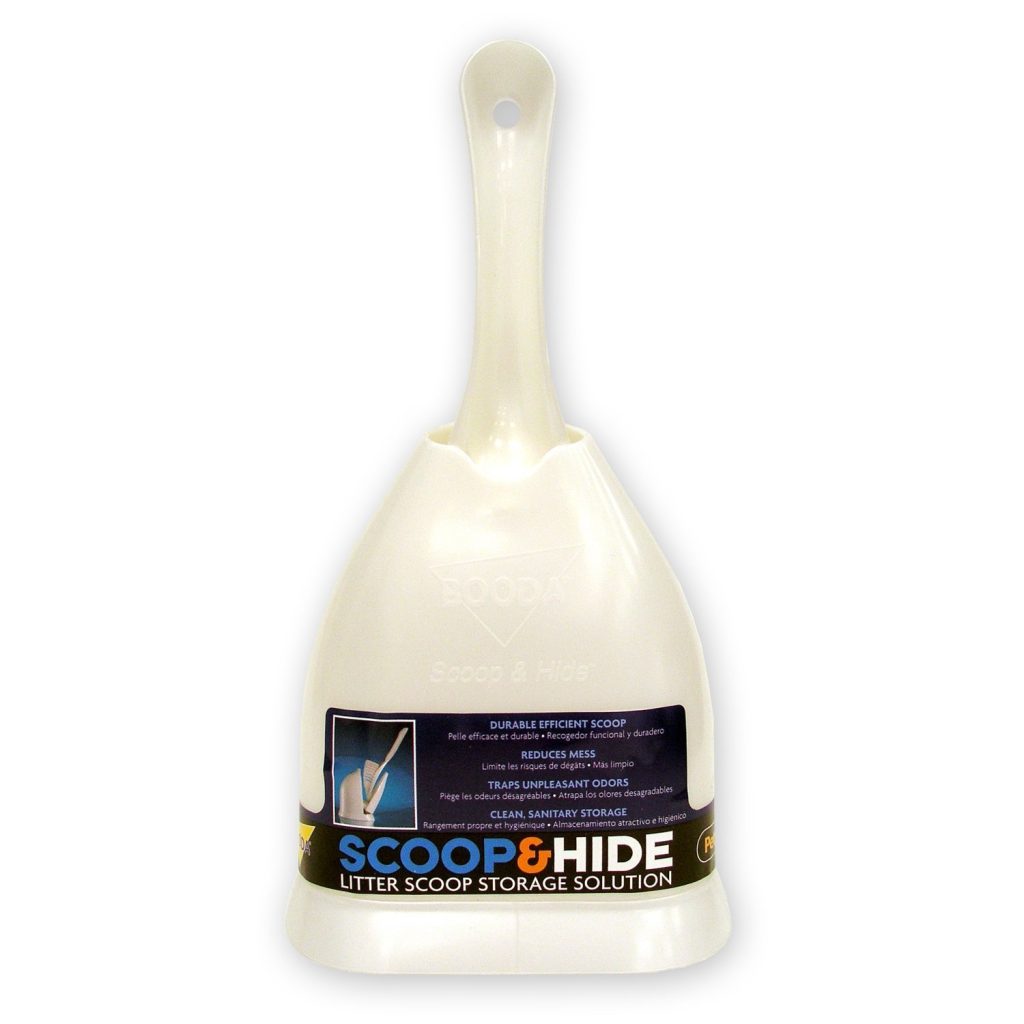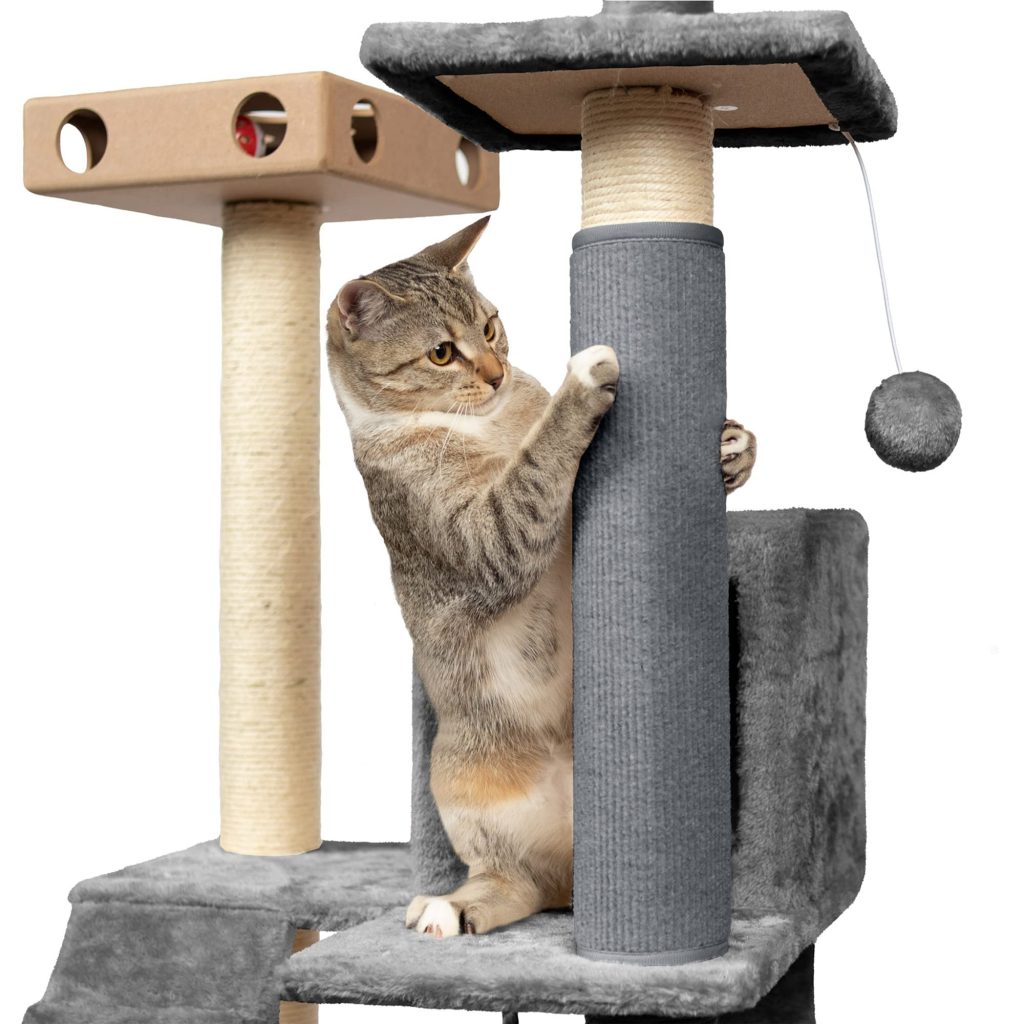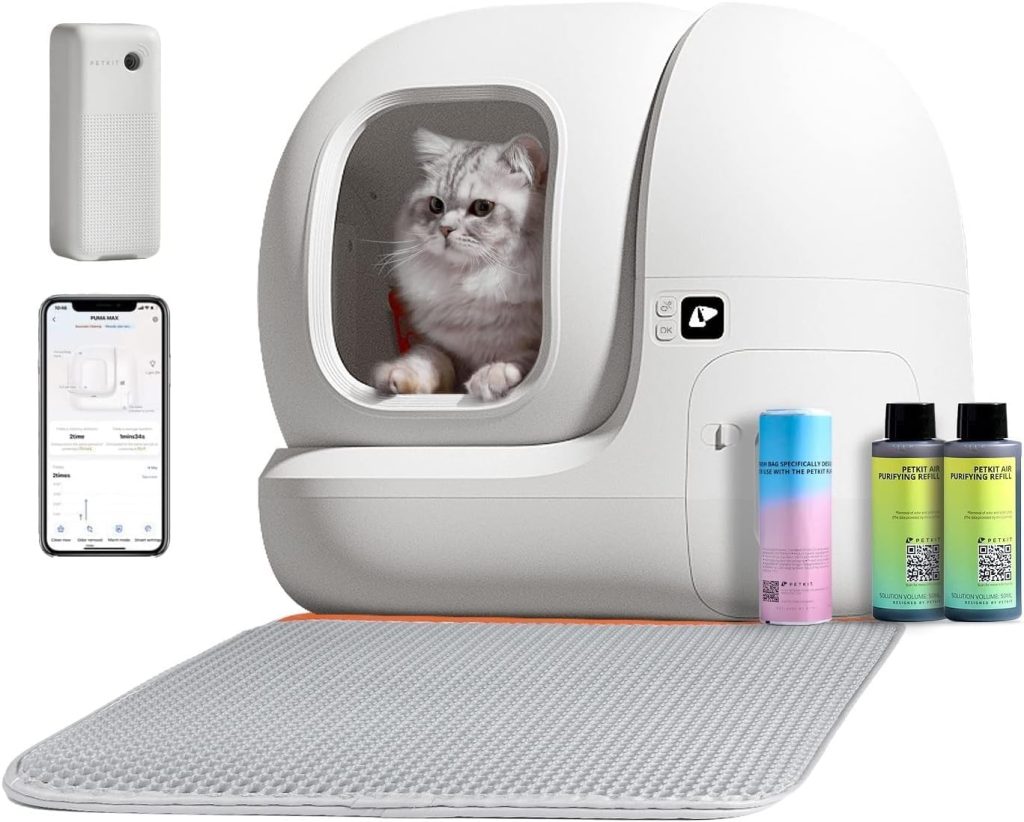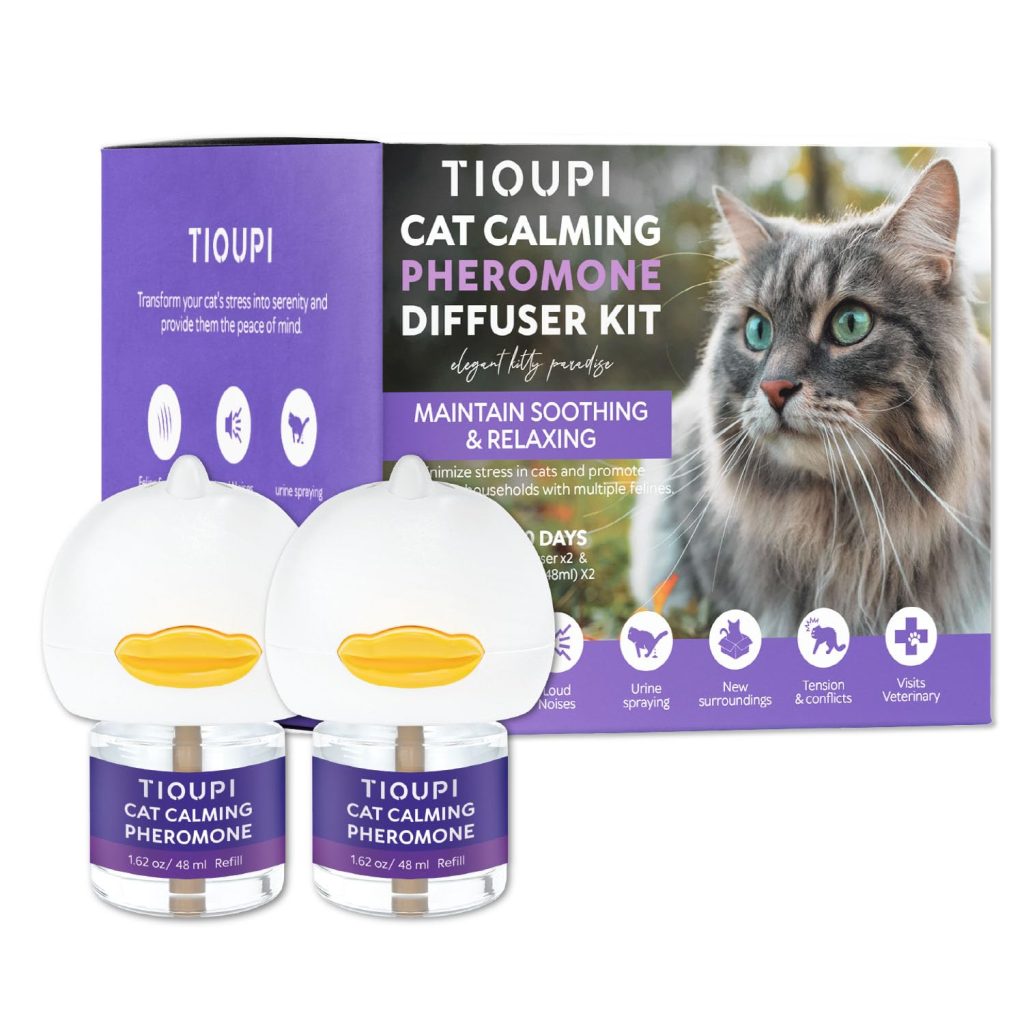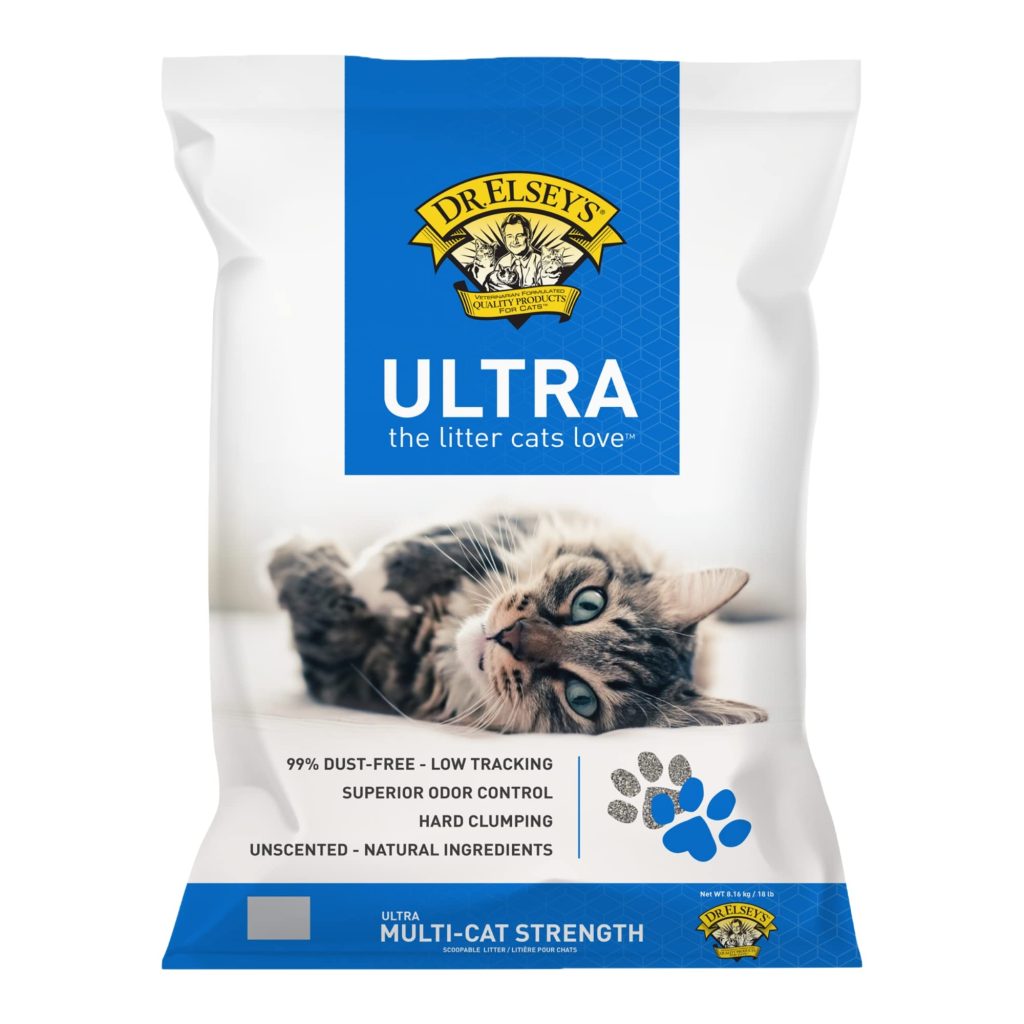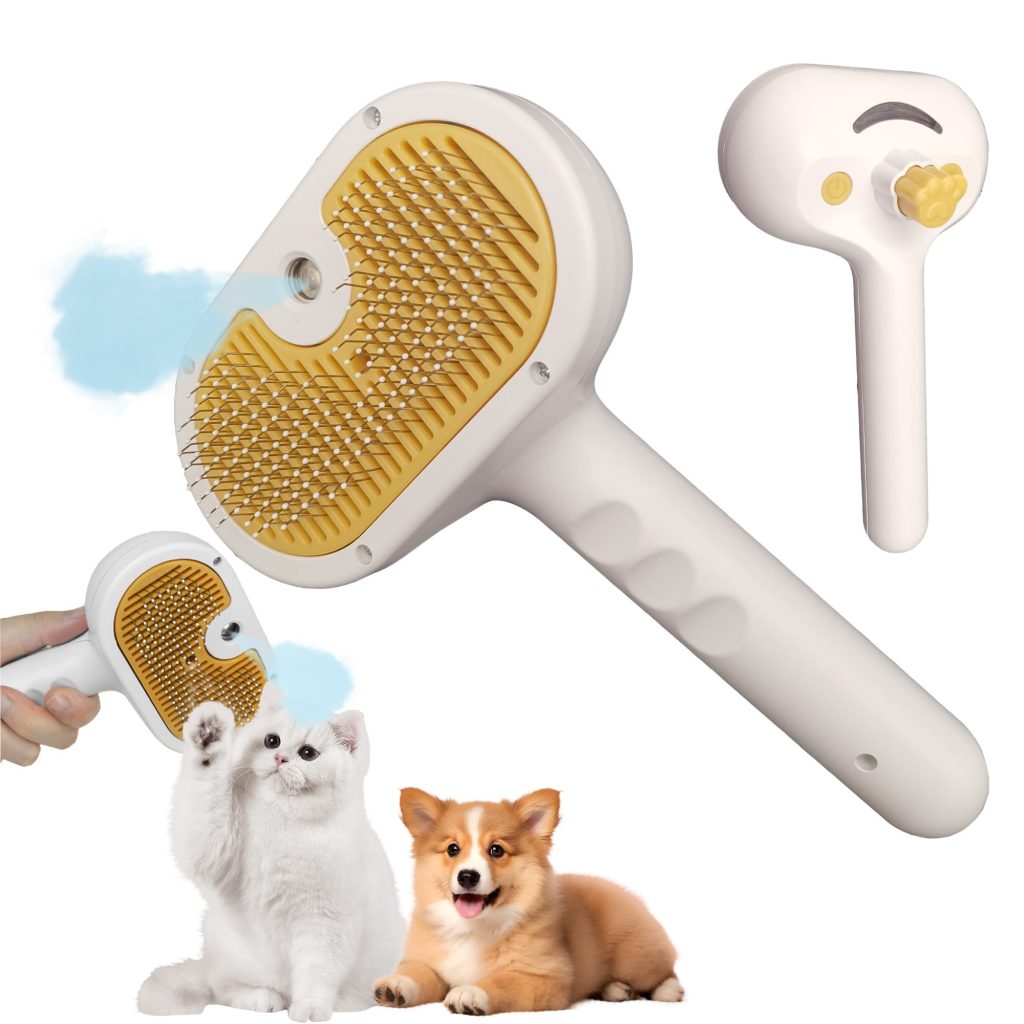
When delving into the intricacies of feline dental surgery, one must first appreciate the profound impact oral health has on a cat’s overall well-being. Much more than a mere gateway to nourishment, a cat’s mouth serves as an essential component of its vitality and disposition. Poor dental hygiene can lead to a myriad of health complications, extending far beyond the jaws and teeth. As the eminent veterinarian Dr. Marty Becker aptly notes, “An ounce of prevention is worth a pound of cure,” and this adage is particularly resonant in the realm of feline dentistry.
Dental surgery for cats often addresses issues that, if left unattended, could spiral into significant health challenges. Procedures may range from simple tooth extractions to more elaborate interventions involving gum disease management or even root canal therapy. Understanding these procedures is important for both the caretaker and the feline patient alike. Cats frequently suffer from periodontal disease, where bacteria lodged in the tartar buildup can infiltrate the gums, leading to infections that may affect not only the mouth but also create systemic implications. As bacteria enter the bloodstream, they can challenge vital organs such as the heart, liver, and kidneys, demanding immediate attention and intervention.
It is imperative to recognize the signs that may signal the need for dental surgery: persistent bad breath, difficulty in chewing, or the refusal of food can indicate discomfort or disease. A thorough veterinary examination will typically include dental X-rays, allowing for a clear insight into the potential anomalies lurking beneath the surface. Armed with this information, veterinarians can devise appropriate treatment plans tailored specifically to your cat’s needs.
Moreover, the role of anesthesia during dental surgery cannot be overstated. Contrary to the fears many owners hold regarding anesthesia protocols, the safety measures in place have become increasingly sophisticated, ensuring that our feline companions are monitored with technological precision. Anesthesia provides not only pain relief but also allows for a deeper and more thorough examination of the oral cavity, safeguarding against misdiagnosis and the oversight of hidden dental maladies.
As one embarks on the journey of feline dental surgery, it is beneficial to approach the process with an informed mindset. Educating oneself on the importance of preventative dental care post-surgery signifies a commitment to your cat’s health. Regular check-ups and at-home dental care practices, such as tooth brushing and the provision of dental treats, can dramatically enhance the prognosis for your feline friend following surgical interventions. After all, maintaining optimal oral hygiene is an integral part of ensuring a long, healthy, and happy life for our beloved cats.
Common dental issues in cats
When examining the nature of feline dental health, it’s essential to recognize the common dental issues that plague our beloved cats. Among these, periodontal disease emerges as a particularly insidious adversary, affecting a staggering number of cats over the age of three. This condition unfolds when plaque, a sticky film of bacteria, hardens into tartar, leading to gum inflammation known as gingivitis. If allowed to progress, periodontal disease can result in the destruction of the supporting structures of the teeth, which can be both painful and debilitating.
In addition to periodontal disease, cats often struggle with fractured teeth, a consequence of their playful and sometimes aggressive behaviors, as well as a diet composed of harder substances. A fractured tooth can lead to severe pain, infections, and potential tooth loss, rendering the need for surgical intervention all the more pressing. Recognizing the warning signs—such as reluctance to eat hard food or sensitivity during play—is crucial for cat owners in preventing long-term complications.
Additionally, dental resorption, a condition characterized by the progressive destruction of tooth structure, remains a mystery in veterinary medicine yet significantly impacts many cats. The exact cause is unclear, but the phenomenon often culminates in the need for extraction, as it can lead to chronic pain and inflammation. Much like in humans, early detection through routine veterinary exams can make all the difference, allowing for timely treatment and intervention.
Moreover, oral tumors, though less common, cannot be overlooked. These growths can vary in nature and may be benign or malignant, but they often present a significant challenge in terms of diagnosis and treatment, emphasizing the need for vigilant observation by pet owners. Regular dental check-ups can help discern these worrisome growths before they evolve into more severe health issues.
Maintaining a keen awareness of these conditions not only aids in early detection but also underscores the necessity for preventative measures. Owners should incorporate dental care routines into their cats’ lives, starting with an age-appropriate diet rich in essential nutrients that promote oral health. The inclusion of crunchy, specially formulated dental diets can help reduce plaque and tartar accumulation. Additionally, dental treats specifically designed to combat oral disease can serve as a delightful addition to your feline’s snack repertoire.
In this context, the significance of regular dental cleanings cannot be emphasized enough; these professional cleanings remove tartar and plaque buildup that at-home care often misses. Even simple practices like brushing a cat’s teeth a few times a week—using veterinary-approved toothpaste—can provide tremendous benefits and establish a trajectory toward better oral health.
Ultimately, cat owners are encouraged to be proactive in addressing dental concerns, recognizing that the mouth is a gateway not just to digestive health, but to overall systemic well-being. As Dr. Becker wisely asserts, a collaborative effort between owner and veterinarian can pave the way for a healthier, happier life for our feline companions, reducing the incidence of dental diseases and their far-reaching consequences. As responsible caretakers, we must ensure that our cats receive the attention their oral health warrants, evoking the principle that prevention indeed triumphs over cure.
Preparation and aftercare for your cat
The journey into the realm of feline dental surgery necessitates a meticulous approach to both preparation and post-operative care, two phases that are as critical as the procedure itself. When your cat is scheduled for dental surgery, adequate preparation is fundamental to mitigate anxiety and to optimize the surgical outcome. Your first course of action should involve a detailed discussion with your veterinarian regarding any pre-operative instructions that are pertinent to your cat’s unique health status. This might include guidelines on feeding—typically, you will be advised to withhold food for a specific period prior to the procedure, usually twelve hours, to ensure a safe anesthesia experience.
As you navigate through the pre-surgery phase, it’s imperative to create a calm environment for your feline friend. Cats are remarkably sensitive to changes in their surroundings, and the anticipation of a visit to the veterinarian can induce stress. You might ponder providing their favorite blanket or toy, items infused with the comforting scent of home that can lend a sense of security during their time at the clinic. Dr. Becker astutely remarks, “Happiness isn’t a goal; it’s a by-product of a well-lived life,” and this notion resonates deeply when we think how emotional well-being directly influences our pets’ recovery trajectories.
Post-surgery care is equally vital, as it lays the foundation for a smooth and successful recovery. As your cat regains consciousness from anesthesia, you may observe some disorientation or drowsiness—a normal response during the initial hours post-surgery. Keeping your cat in a quiet, comfortable space free from stressors is essential. Familiar sounds and sights can be greatly reassuring and help soothe them as they emerge from their anesthetic fog.
Feeding your cat after dental surgery requires careful attention. Once your veterinarian gives the green light, it’s often advisable to start with small amounts of soft food to accommodate any discomfort they may be experiencing. Monitoring their eating habits is critical; a sudden reluctance to eat or drink can be a signal of complications that should prompt immediate veterinary consultation. The introduction of a water fountain may encourage hydration, as many cats prefer running water over stagnant options—this simple tweak can immensely benefit their recovery.
Furthermore, pain management is a cornerstone of post-operative care that cannot be understated. Your veterinarian will typically prescribe pain relief medication tailored to your cat’s needs, and diligently adhering to the dosage schedule ensures your feline companion experiences minimal discomfort. Regular check-ins with your vet during this time will provide guidance and reassurance as your cat progresses through recovery.
Observing your cat for signs of recovery is essential. Typical indicators include an increase in energy, normal grooming behaviors, and the return of typical eating patterns. However, any signs of distress such as excessive drooling, bleeding, or sudden behavioral changes warrant immediate attention. It’s during this critical recovery period that the wisdom of regular follow-up appointments becomes apparent, as these allow the veterinarian to assess healing and intervene should any complications arise.
Moreover, establishing a routine dental care regimen post-surgery is instrumental in safeguarding your cat’s oral health. This includes the introduction of at-home dental strategies such as regular tooth brushing, the provision of dental treats, and veterinary-approved diets that support oral hygiene. Such preventative measures are not merely about maintaining fresh breath; they play a pivotal role in protecting your furry friend from the cycle of oral disease and potential subsequent surgeries.
It’s worth noting that the bond between you and your cat is strengthened during this intimate process of care, highlighting the importance of your role as an advocate for their health. This commitment not only enriches their life but fortifies the notion that proactive and preventative healthcare is at the cornerstone of feline health and happiness. Indeed, as Dr. Becker often emphasizes, enduring feline companionship is built not only on affection but equally on informed and responsible care—a calling that extends well beyond the mere act of feeding and sheltering our precious companions.
Signs of recovery and potential complications
As your feline companion transitions from the operating room back to the comforts of home, it becomes essential to remain vigilant, observing them for an array of signs that indicate the healing process is progressing as it should. The initial period following surgery may be marked by behaviors that reveal much about their state of recovery; for instance, a renewed interest in their favorite vantage points, coupled with soothing purrs of contentment, may signal that your cat is regaining their strength and sense of normalcy. In stark contrast, behaviors such as excessive hiding, ongoing lethargy, or unusual vocalizations can be telling indicators that something is amiss, necessitating prompt veterinary attention.
Within the delicate realm of recovery, it’s also crucial to monitor your cat for any potential complications that may arise post-surgery. One of the more frequent concerns is the formation of an infection at the extraction site, which can manifest through symptoms such as swelling, persistent pain, or discharge. Regularly inspecting the area around the mouth not only aids in identifying these red flags early on but also reinforces the importance of maintaining open communication with your veterinarian. As the renowned Dr. Becker wisely reminds, “Veterinary care is a partnership between owners and veterinarians,” and your vigilance forms the bedrock of this cooperation.
Alongside physical signs, behavioral cues can be just as informative. Your cat may exhibit a cautious demeanor when approaching their food or may demonstrate an aversion to engaging in play—both of which could indicate lingering discomfort or sensitivity stemming from the surgical site. Should your feline avoid their usual grooming rituals or indulge in excessive drooling, these could further suggest irritation or pain, thus necessitating a follow-up consultation.
Importantly, understanding the typical timeline for post-operative recovery can aid in setting realistic expectations for both you and your companion. Cats often experience a gradual return to their normal selves within a week or two; however, every feline is unique. Sustained monitoring during this timeframe is beneficial, with routine check-ups allowing for early intervention if complications arise. Your veterinarian may recommend follow-up appointments, especially if any dental work has been performed that requires closer scrutiny, such as sutures that need to be removed or areas that need to be reassessed for healing.
Moreover, as your cat’s appetite and energy levels begin to rebound, it’s an opportune moment to reflect upon the dietary choices you present to your beloved pet. Just as tailored nutritional offerings support recovery, they concurrently serve as a proactive measure against future dental maladies. Incorporating soft, low-fat foods initially can facilitate a gentle transition as they regain their appetite, while invigorating dietary choices, rich in Omega-3 fatty acids, antioxidants, and other health-promoting components, can bolster their immune system and contribute to overall vitality. Fortifying their diet with dental-specific treats enhances oral health, too, creating a dual benefit that honors their palate while safeguarding against plaque and tartar accumulation.
As they embark on their healing journey, creating a serene environment remains paramount. Cats thrive in familiar, low-stress surroundings—consider nurturing a sanctuary filled with their favorite toys and cozy resting spots. Proffering the comforts of home, alongside gentle affection and attention during their recovery, fosters a profound bond between you and your cat, serving as a testament to the sanctity of their well-being. In the words of Dr. Becker, “Pet ownership is a special calling,” and this devotion requires a deep commitment to understanding our companions’ needs during vulnerable times.
Ultimately, recognizing the signs of recovery and potential complications is not merely a matter of diligence; it epitomizes a compassionate commitment to your feline’s holistic health. Your active role in their healing process not only accelerates their recovery but fortifies the intrinsic relationship you share, turning moments of uncertainty into opportunities for deeper connection and care. Such partnerships thrive in trust and mutual respect, ensuring that our beloved cats enjoy a life enriched not just by our love, but also by informed, proactive stewardship of their health and happiness.
